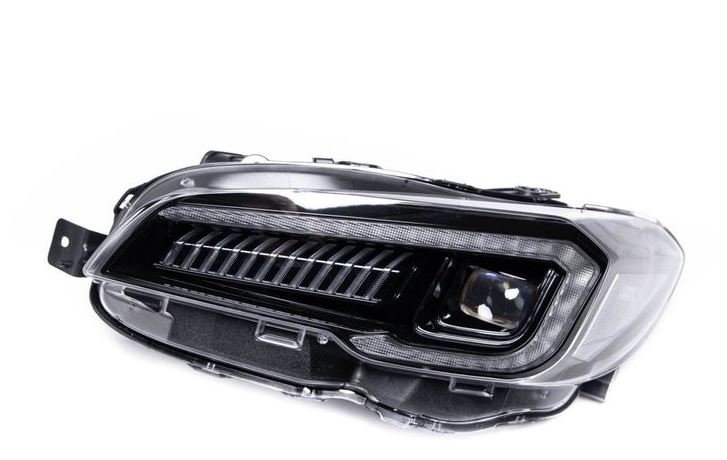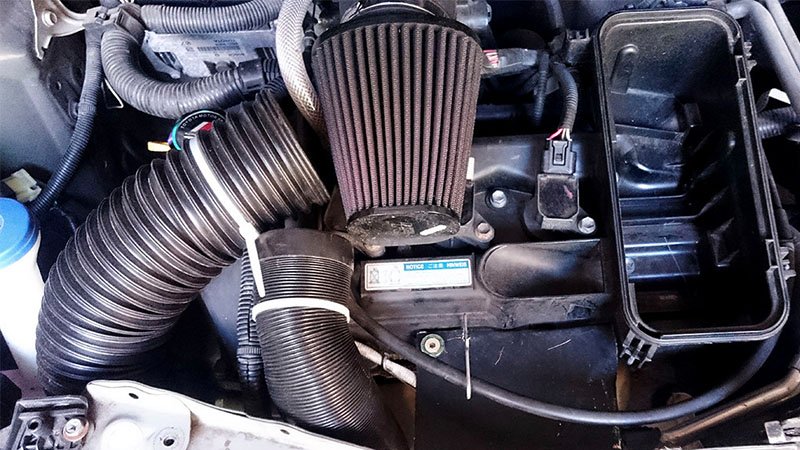Headlight innovations have significantly advanced automotive lighting, enhancing safety, visibility, and driving experience. These advancements provide drivers with better illumination, improved road safety, and stylish design options. This guide explores the latest headlight technologies, their benefits, and how they contribute to modern vehicle performance.

1. Introduction to Headlight Innovations
Headlights are crucial for nighttime driving and adverse weather conditions. Recent innovations have transformed traditional headlights into high-tech components that offer superior performance and functionality. Understanding these innovations can help you choose the best lighting options for your vehicle.
2. LED Headlights
LED headlights have revolutionized automotive lighting with their brightness and efficiency. They produce a crisp, white light that mimics daylight, improving visibility and reducing driver fatigue. LEDs consume less power and have a longer lifespan compared to traditional halogen bulbs, making them a popular choice for modern vehicles.
3. Xenon (HID) Headlights
Xenon headlights, also known as High-Intensity Discharge (HID) lights, use an electrical charge to produce a bright, white light. They offer a wider and brighter beam compared to halogen lights, enhancing road visibility. HID headlights are known for their intensity and are often used in high-performance and luxury vehicles.
4. Laser Headlights
Laser headlights represent a cutting-edge technology that uses laser beams to produce extremely bright and focused light. They offer longer-range illumination and improved brightness compared to LED and HID lights. Laser headlights are still relatively rare but are becoming more common in high-end and luxury vehicles.
5. Adaptive Headlights
Adaptive headlights adjust their direction and intensity based on driving conditions. They use sensors to detect steering angle, vehicle speed, and road curvature, allowing the headlights to pivot and illuminate the road ahead more effectively. This technology enhances nighttime driving safety by providing better visibility around corners and curves.
6. Matrix Headlights
Matrix headlights feature a series of individual LEDs that can be independently controlled to create a dynamic lighting pattern. This allows for high beams to be used without blinding oncoming traffic, as the system can selectively dim sections of the beam. Matrix headlights improve visibility and reduce glare, enhancing overall driving safety.
7. Automatic Headlights
Automatic headlights use sensors to detect ambient light levels and adjust the headlights accordingly. They can automatically switch between high and low beams based on traffic conditions and lighting environments. This convenience feature improves safety and reduces driver distraction.
8. Daytime Running Lights (DRLs)
Daytime Running Lights (DRLs) are designed to increase vehicle visibility during the day. They are typically LED lights that remain on while driving, making it easier for other drivers to see your vehicle. DRLs contribute to overall road safety and are becoming a standard feature in many modern vehicles.
9. Headlight Cleaning Systems
Headlight cleaning systems help maintain the clarity and effectiveness of headlights by removing dirt and debris. These systems often use spray nozzles to clean the headlight lenses, ensuring that the lights remain bright and effective in various driving conditions. Proper maintenance of these systems is essential for optimal headlight performance.
10. Conclusion
Headlight innovations have dramatically improved automotive lighting, offering enhanced visibility, safety, and convenience. From LED and HID headlights to adaptive and matrix technologies, these advancements provide drivers with better illumination and performance. Staying informed about the latest headlight technologies can help you make informed decisions and ensure a safer driving experience.




